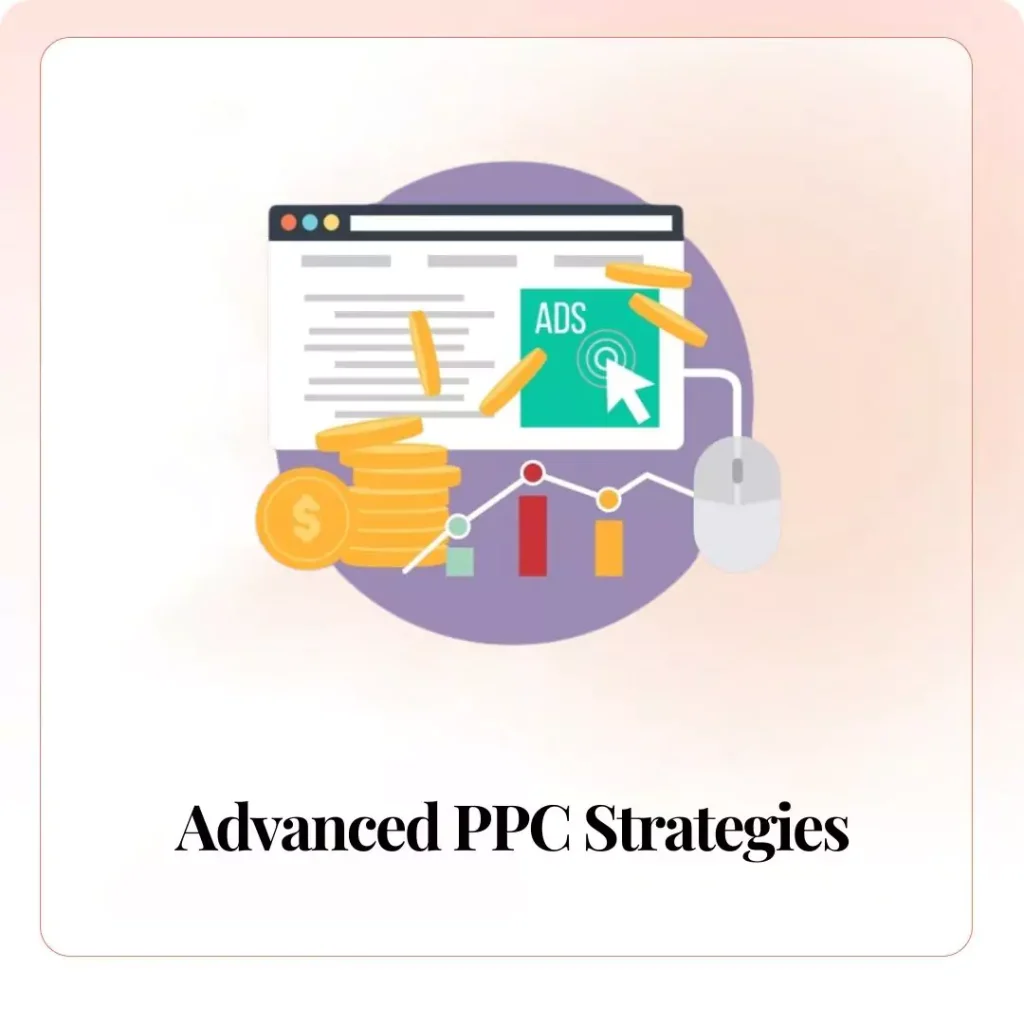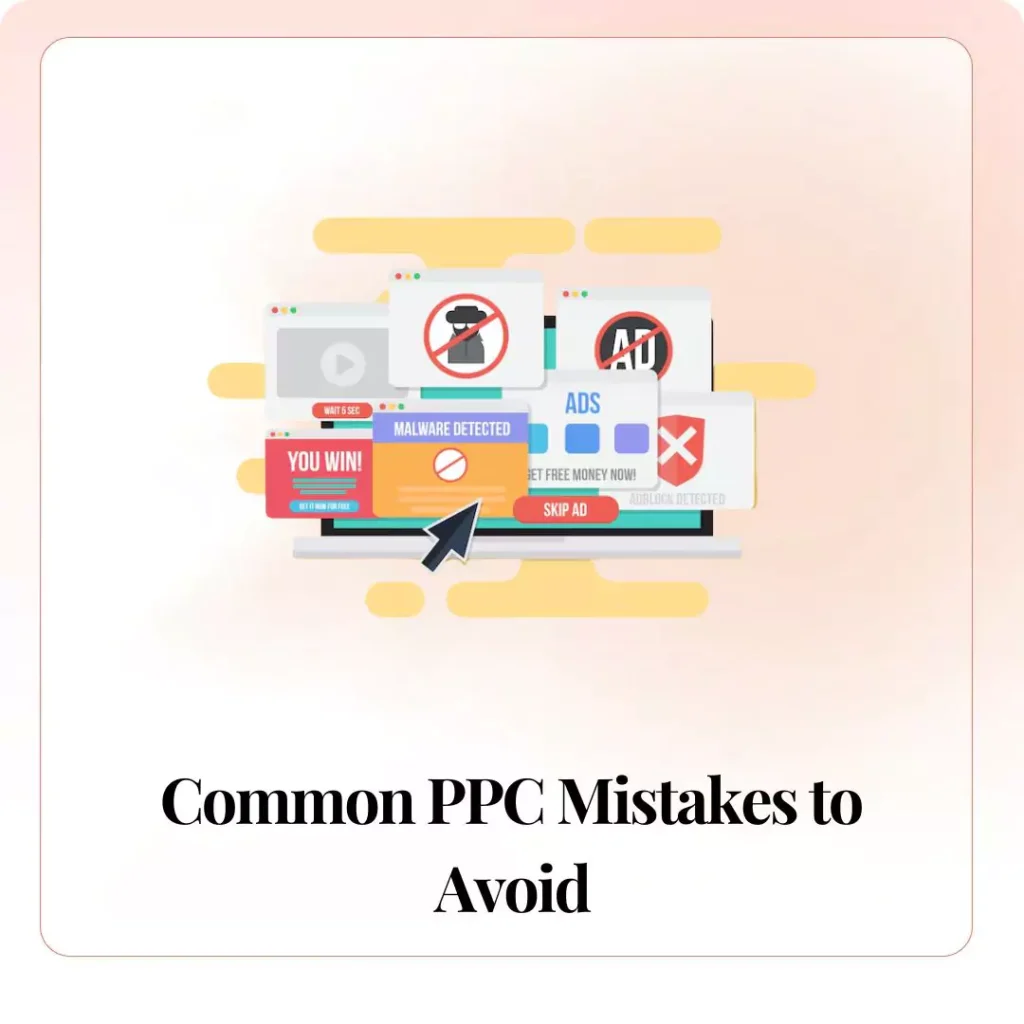Creating a successful PPC (Pay-Per-Click) campaign is essential for driving traffic, generating leads, and ultimately increasing sales for your business. The complexity of PPC campaigns often requires a thorough understanding of targeting, funnel strategies, and a well-optimized approach to reach potential customers effectively. This guide will walk you through the essential steps to create and manage a successful PPC campaign, helping you to improve your marketing strategy and achieve better conversion rates.
Setting Your PPC Goals
Defining Objectives
The first step in creating a successful PPC campaign is to define your objectives. What do you hope to achieve with your campaign? Common goals include:
- Increasing website traffic
- Generating leads
- Boosting sales
- Raising brand awareness

Identifying KPIs
Once your objectives are clear, identify the Key Performance Indicators (KPIs) that will help you measure success. These might include:
- Click-Through Rate (CTR)
- Conversion Rate
- Cost Per Click (CPC)
- Return on Ad Spend (ROAS)
- Quality Score
Keyword Research and Selection

Conducting Keyword Research
Keyword research is the backbone of any PPC campaign. Use tools like Google Keyword Planner, SEMrush, or Ahrefs to identify relevant keywords for your business. Focus on keywords that potential customers are likely to use when searching for products or services like yours.
Selecting the Right Keywords
Choose a mix of broad, phrase, and exact match keywords to capture a wide audience while still targeting specific queries. For example, if you are one of the best digital marketing companies in Bangalore, you might target keywords like “digital marketing companies in Bangalore,” “best digital marketing company in Bangalore,” and “top digital marketing agency in Bangalore.”
Crafting Compelling Ad Copy
Writing Effective Headlines
Your ad’s headline is the first thing users see, so make it compelling and relevant. Include your target keyword and a clear value proposition. For example, “Boost Your Business with the Best Digital Marketing Company in Bangalore.”
Creating Persuasive Descriptions
Your ad description should expand on the headline, offering more details and a strong call-to-action (CTA). Highlight the benefits of your product or service and encourage users to take the next step. For example, “Increase your online presence with our top-notch digital marketing services. Contact us today for a free consultation!”

Setting Up and Managing Your PPC Campaign

Choosing the Right Platform
Decide where to run your ads. Google AdWords is the most popular platform, but consider other options like Bing Ads, social media platforms, and specialized networks. Each platform has its strengths and can help you reach different audiences.
Budgeting and Bidding
Set a realistic budget for your campaign and decide how much you’re willing to pay per click. Your bidding strategy can significantly impact your ad’s visibility and performance. Experiment with different bidding strategies, such as manual CPC, automated bidding, or enhanced CPC, to find what works best for you.
Tracking and Analyzing Performance
Use analytics tools to track the performance of your PPC campaign. Google Analytics, for example, provides detailed insights into how users interact with your ads and website. Regularly review your KPIs and adjust your campaign as needed to improve results.
Advanced PPC Strategies
Retargeting and Remarketing
Retargeting, also known as remarketing, involves showing ads to users who have previously visited your website. This strategy helps keep your brand top-of-mind and encourages users to return and complete a purchase.
A/B Testing
Conduct A/B tests to determine which ad elements perform best. Test different headlines, descriptions, images, and CTAs to see what resonates most with your audience. Use the results to refine your ads and improve performance.

Leveraging Ad Extensions
Ad extensions provide additional information and links in your ads, making them more useful and engaging. Use extensions like site links, callouts, and structured snippets to provide extra value and improve your ad’s visibility.
Common PPC Mistakes to Avoid

Ignoring Negative Keywords
Negative keywords prevent your ads from showing for irrelevant searches. Regularly update your negative keyword list to avoid wasting ad spend on clicks that won’t convert.
Overlooking Mobile Users
Ensure your ads and landing pages are optimized for mobile users. With a significant portion of searches coming from mobile devices, it’s crucial to provide a seamless experience across all devices.
Failing to Monitor Campaigns
Regularly monitoring your PPC campaigns is essential for success. Set up alerts and schedules to review performance metrics and make necessary adjustments. Neglecting this step can lead to wasted ad spend and missed opportunities.
Conclusion
Creating a successful PPC campaign requires careful planning, execution, and ongoing optimization. By setting clear goals, conducting thorough keyword research, crafting compelling ad copy, and continuously monitoring performance, you can drive targeted traffic and achieve your marketing objectives. For more insights and tips on digital marketing, visit other blogs of Osumare Marketing Solutions, Bangalore.

